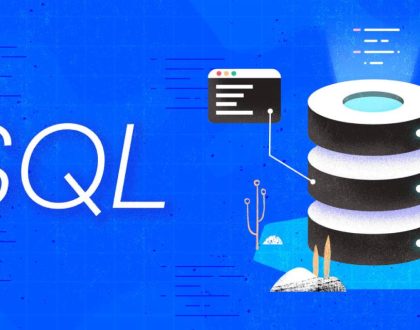No products added!

About the SQL Course
This SQL course is designed to teach you how to manage, query, and analyze data using Structured Query Language (SQL) – the standard language for working with databases. SQL is an essential skill for roles in data analysis, software development, and database management.
Whether you're a beginner or looking to strengthen your database skills, this course covers everything from basic queries to advanced data handling techniques. Through practical exercises and real-world examples, you’ll learn how to extract meaningful insights from data and build a strong foundation for working with databases.






Enim tortor at auctor urna. Ac ut consequat semper viverra nam libero.
Dignissim cras tincidunt lobortis feugiat vivamus at augue. Adipiscing at in tellus integer feugiat. Rhoncus est pellentesque elit ullamcorper dignissim cras tincidunt lobortis feugiat.